
Arram Beck is a small stream in the East Riding of Yorkshire, England, running through high embankments and flowing eastwards from the village of Arram to join the River Hull. Depths are variable due to the tidal nature of the Hull. It provides habitat for a variety of fish species and chub have also been stocked here too.
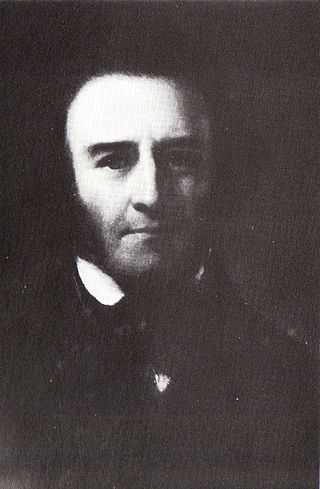
James Meadows Rendel FRS was a British civil engineer.
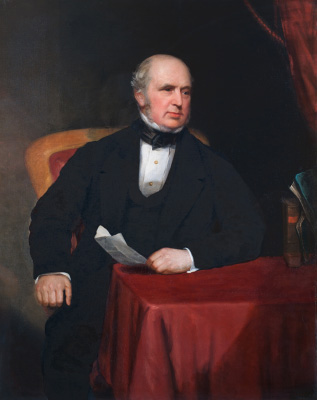
Joshua Field FRS was a British civil engineer and mechanical engineer.
Thomas Morris (c.1754–1832) was an English architect and engineer. In 1784 he supervised the building of a dock at Glasson, on the River Lune.

The Islington Tunnel takes the Regent's Canal 960 yards (878 m) under Islington, as the longest such tunnel in London. The way for short boats and barges only opened in 1818; the pavements above are waymarked so the otherwise discontinued towpaths are connected. The canal's Eyre's and Maida Hill Tunnels, to the west, are much shorter.
George Halpin (Sr.), was a prominent civil engineer and lighthouse builder, responsible for the construction of much of the Port of Dublin, several of Dublin's bridges, and a number of lighthouses; he is considered the founding father of the Irish lighthouse service. His son, George Halpin , was also a well-known lighthouse builder.

Erringden is a civil parish in the Metropolitan Borough of Calderdale in West Yorkshire, England. Previously it was a township within the chapelry of Heptonstall.

Henry Robinson Palmer (1795–1844) was a British civil engineer who designed the world's second monorail and the first elevated railway. He is also credited as the inventor of corrugated metal roofing, still one of the world's major building materials.
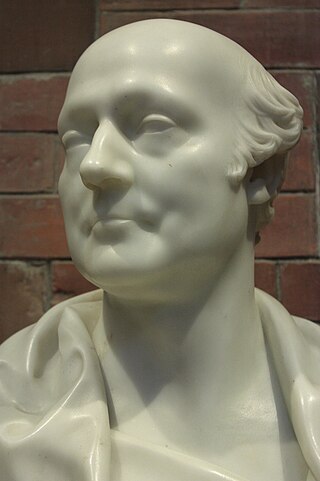
James Jardine was a Scottish civil engineer, mathematician and geologist. He was the first person to determine mean sea level. He built tunnels and bridges, including for the Innocent Railway, and built reservoirs including Glencorse, Threipmuir, Harlaw for Edinburgh Water Company, and Cobbinshaw for the Union Canal.
John Grundy Jr. (1719–1783) was an English civil engineer, who worked on a number of drainage schemes, canal projects and dock works. He lived in Spalding, Lincolnshire, from 1739. Part of his legacy was his Report Books, seventeen volumes containing copies of his reports and other supporting documents from most of his projects, which in some cases are the only surviving records of major civil engineering projects. They were re-discovered in 1988.

Thomas Mainwaring Penson (1818–64) was an English surveyor and architect. His father and grandfather, who were both named Thomas Penson, were also surveyors and architects. His grandfather Thomas Penson worked from an office in Wrexham, North Wales, and was responsible for the design of bridges, roads, gaols and buildings in North Wales. His son Thomas Penson (1790–1859) was county surveyor to a number of Welsh counties and also designed bridges. He later moved to Oswestry, Shropshire where he established an architectural practice. Thomas Mainwaring Penson was born in Oswestry, and was educated at Oswestry School. His elder brother was Richard Kyrke Penson who became a partner in the Oswestry practice in 1854, before developing an extensive architectural practice of his own, mainly in South Wales. Thomas Mainwaring Penson trained in his father's practice. Thomas Mainwaring initially designed buildings in the area of the practice, including stations for the Shrewsbury and Chester Railway.
Thomas Simpson (1755–1823) was a British civil engineer.
This article lists events relating to rail transport that occurred during the 1760s.
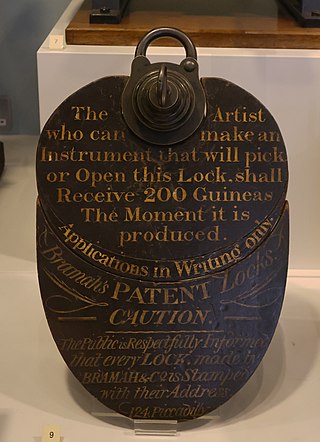
The Bramah lock was created by Joseph Bramah in 1784. The lock employed the first known high-security design.
John Timperley (1796-1856), was a British Civil engineer, active in dock work in the north and east of England and elsewhere - also the first recipient of the Telford Medal.
William Hoof (c.1788-1855) was a British civil engineer.

The Surveyor of Buildings also known as the Department of the Surveyor of Buildings was the civil officer initially a member of the Navy Board then later the Board of Admiralty responsible for superintending, maintaining and improving the British Royal Navy Dockyards, Naval Buildings, and Architectural Works of the Admiralty from 1812 to 1837.
Robert Daglish was a colliery manager, mining, mechanical and civil engineer at the start of the railway era.
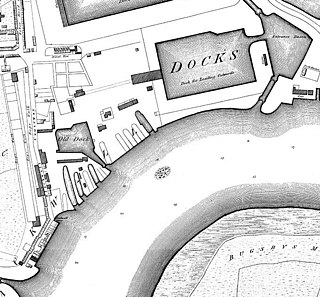
The Blackwall Rock was a reef in the River Thames in East London. The rock provided a useful shelter for moored vessels, but also proved a hazardous obstruction to river navigation. It was removed in the early 19th century following the opening of the adjacent West India Docks.











